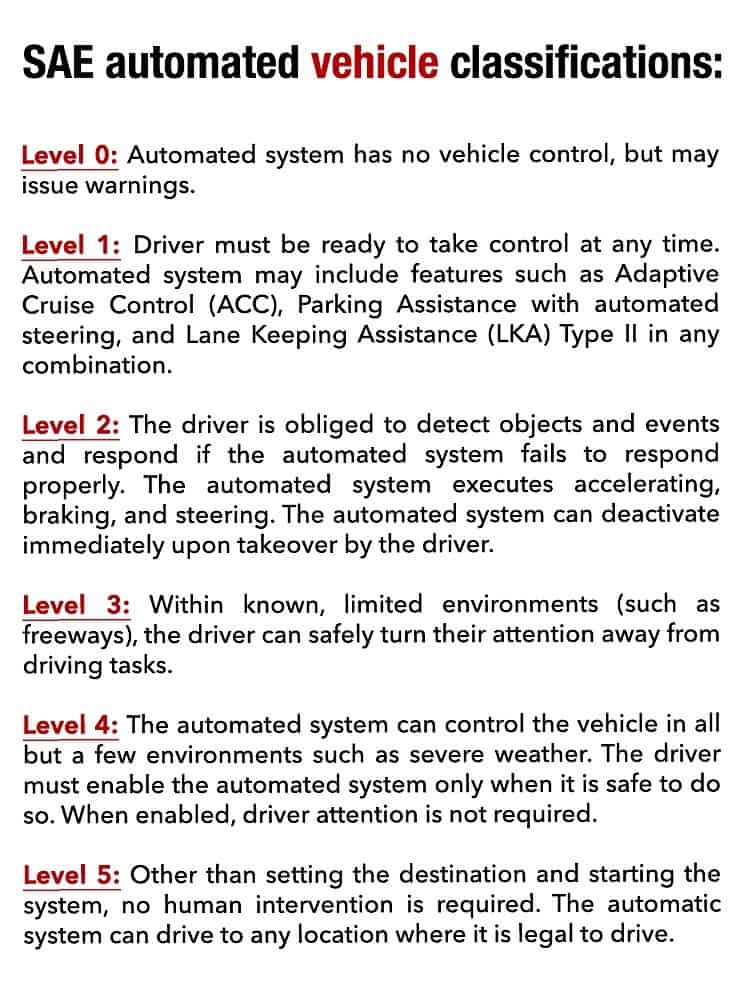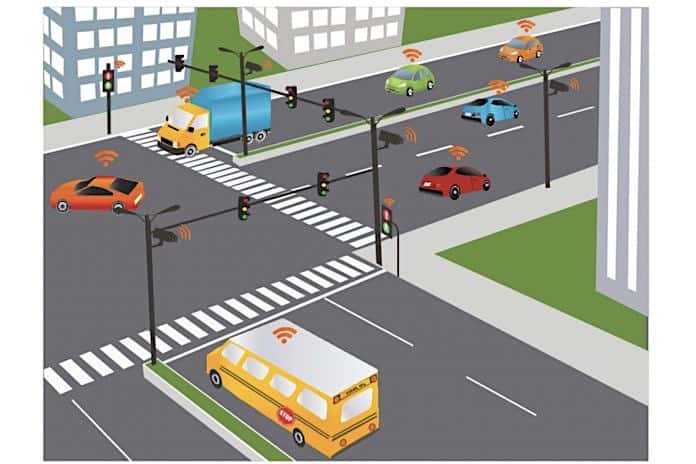When we learn of, or experience a school bus accident with passenger injuries, we all sit back and ask what caused it? How can we prevent it from happening again and what now?
The resulting outcome of the accident investigation shows us that almost all crashes are often the result of operational or behavioral failure. As regulators converge on the details of the accident, we eventually learn what contributed to the failure in behavior and the severity of the accident.
It may have resulted from an equipment related issue, or a lack of defined and implemented safety management practices, or maintenance practice, or driver training, or lack of refresher training, or driver road supervision monitoring, or driver error. The list goes on.
From the investigative final report, we learn what we can do to help prevent such an accident from happening again.
We would all agree that the most critical element of a safely operated school bus is driver behavior. Most operators focus on safety and behavior management by developing a rigorous driver refresher training program with up-to-date training material that compliments the initial classroom and behind-the-wheel training a new driver receives. Also, having all training supported by a record monitoring system to ensure 100-percent driver compliance. However, we still have accidents.
 We are in a new period of technological aides that could form the basis for fully automated, not autonomous, driver assist in school buses. Modern automotive driver assistance systems help drivers reach their destination in a safer, more relaxed manner.
We are in a new period of technological aides that could form the basis for fully automated, not autonomous, driver assist in school buses. Modern automotive driver assistance systems help drivers reach their destination in a safer, more relaxed manner.
They keep the vehicle in the lane, maintain stability within the laws of physics, regulate speed and distance from other vehicles, warn of traffic jams, detect objects within a 360-degree area around the vehicle. They can even, if required, automatically initiate full braking to help prevent severe rear collisions.
The technical basis for fully automated driving assist has already been formed by the introduction of the following driver assist technologies: Anti-lock braking systems (ABS 1978); Traction Control System (TCS 1986); Parking Aid (1993); Electronic stability control (ESP 1996); Adaptive Cruise Control (ACC 2000); Parking Assist (2008); predictive emergency braking system (2010); Lane keeping support (2012); Traffic jam assist (2015), and; Remote park assist (2015); Some but not all are available to the school bus industry.
As the automotive industry continues to develop these automated technologies and include them in the passenger vehicles we buy, I wonder how long will it take the school bus industry to begin to introduce the additional proven driver aides that no doubt would contribute to behavior modification and safety. Granted, much of the automated technology is new, so new that the regulators have had to agree on how to classify it.
A classification system based on six different levels (ranging from driver assistance to fully automated systems) was published in 2014 by SAE International, formerly known as the Society of Automotive Engineers (SAE). This classification system is based on the amount of driver intervention and attentiveness required, rather than the vehicle capabilities, although these are very closely related.
In the U.S., the National Highway Traffic Safety Administration (NHTSA) released in 2013 a formal classification system. NHTSA abandoned this system when it adopted the SAE standard last September.
As we begin the New Year, our school bus supplier industry is most likely planning to solicit ideas for the next generation of school buses. By collectively gathering their customers and dealers as advisory groups, ideas will be debated that begin with the customers input as well as the dealers, these ideas then end at the equipment manufacturers engineering department. It is they who ultimately study the viability of an idea.
Just think if we could help driver behavior through the Level 2 automation of control over severe rear-end collisions, roll overs, and danger zone incidents, just to name a few!

Editor’s Note: Pudlewski is STN’s technical editor with more than 40 years of experience in the school bus industry. He is the retired vice president of fleet operations, procurement and maintenance for Laidlaw and is a member of the National School Transportation Association Hall of Fame.
















